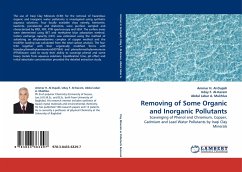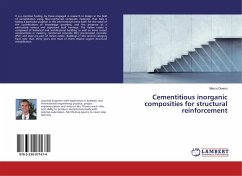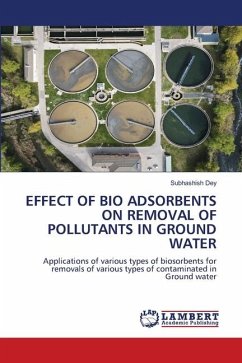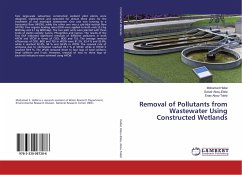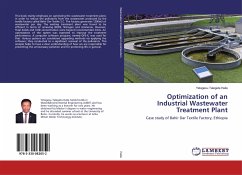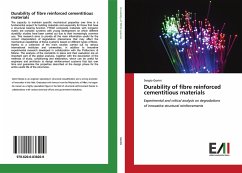The use of Iraqi Clay Minerals (ICM) for the removal of hazardous organic and inorganic water pollutants is investigated using synthetic aqueous solutions. Four locally available clays namely, bentonite, kaolinite, porcelainite and diatomite, were purified, sampled and characterized by XRD, XRF, FTIR spectroscopy and SEM. The surface areas were determined using BET and methylene blue adsorption method. Cation exchange capacity (CEC) was estimated using the method of adsorbing an ethylenediamine complex of copper method and the modifier loading was calculated from the total carbon analysis. The four ICM together with their organically modified forms with hexadecyltrimethylammonium(HDTMA) and phenyltrimethylammonium (PTMA)were used to study their ability to scavenge phenol and some heavy metals from aqueous solutions. Equilibration time, pH effect and initial adsorbate concentration preceded the detailed extraction study.
Bitte wählen Sie Ihr Anliegen aus.
Rechnungen
Retourenschein anfordern
Bestellstatus
Storno

